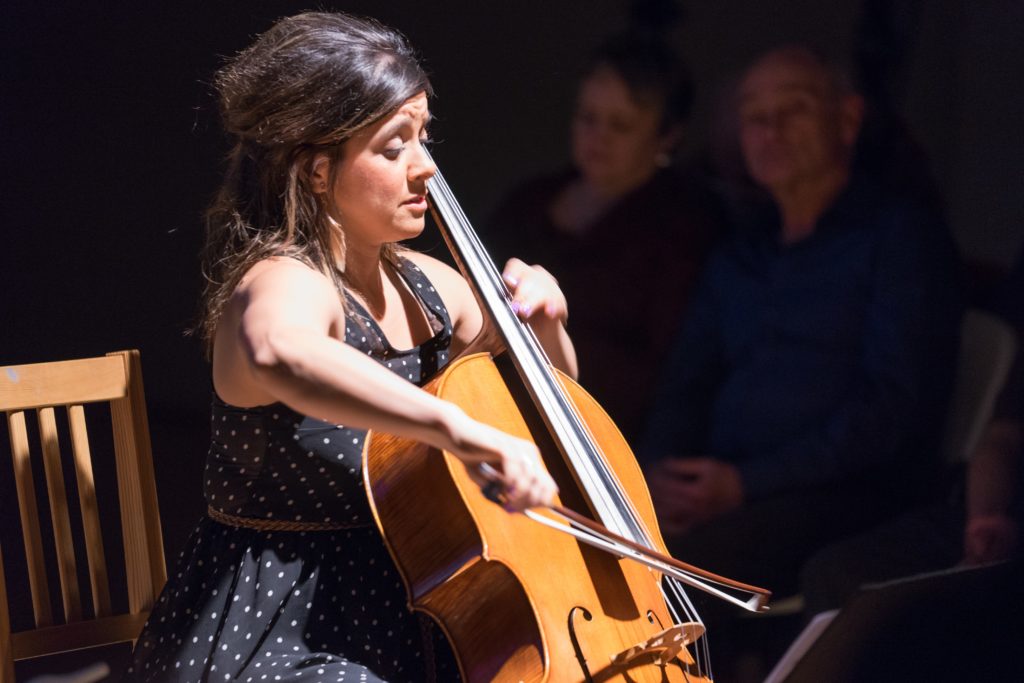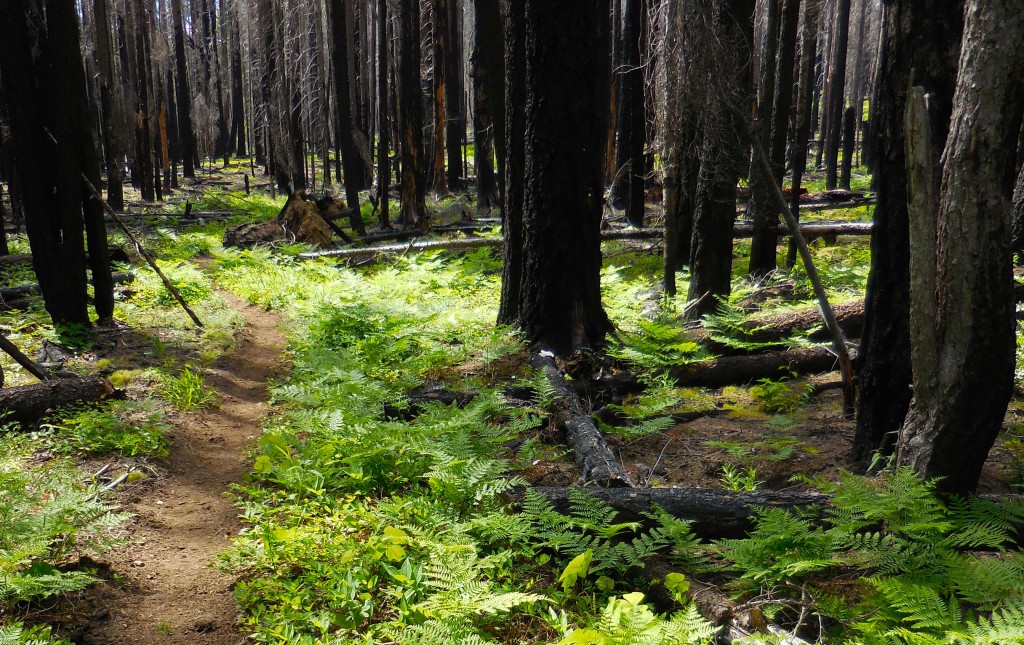
Editor’s Note: Composer Christina Rusnak writes her fourth essay for LandscapeMusic.org.
Last October, Nell Shaw Cohen, Stephen Wood and I met to discuss the feasibility of a developing a concert series to celebrate the 50th Anniversaries of the Wild and Scenic Rivers and National Trails System. Eleven months later, concerts are premiering in Vallejo, CA (9/23); Atlanta, GA (9/29); Houghton, MI (10/4); Portland, OR (10/7); and Boston, MA (11/3), as part of Landscape Music: Rivers & Trails concert series. My music is being performed in all locations except Boston. Determining what river or trail I would write about was easy—2018 also marks the 175th anniversary of the Oregon National Historic Trail, and I live just 12 miles from the trail’s end.
The Oregon Trail, and our near-mythological familiarity of it, is fraught with controversy. Claimed by both the British and Americans, the land was actually controlled by the indigenous inhabitants who had no idea what was coming. The emigrants who traveled the 2,170 mile Oregon Trail began their journey in Independence, Missouri—skirting the northeastern edge of what is now Kansas and traveling through Nebraska, Wyoming, and Idaho into Oregon, although none of these states actually existed until decades later. The hopeful settlers traveled through “Unorganized Territory” into Oregon Territory. While most people dispersed along the way to settle within east or south of Oregon Territory, the route officially ended at Willamette Falls—the second largest waterfall (in the U.S) after Niagara. About 20% of emigrants, over 80,000, followed the trail to the end. Continue reading



